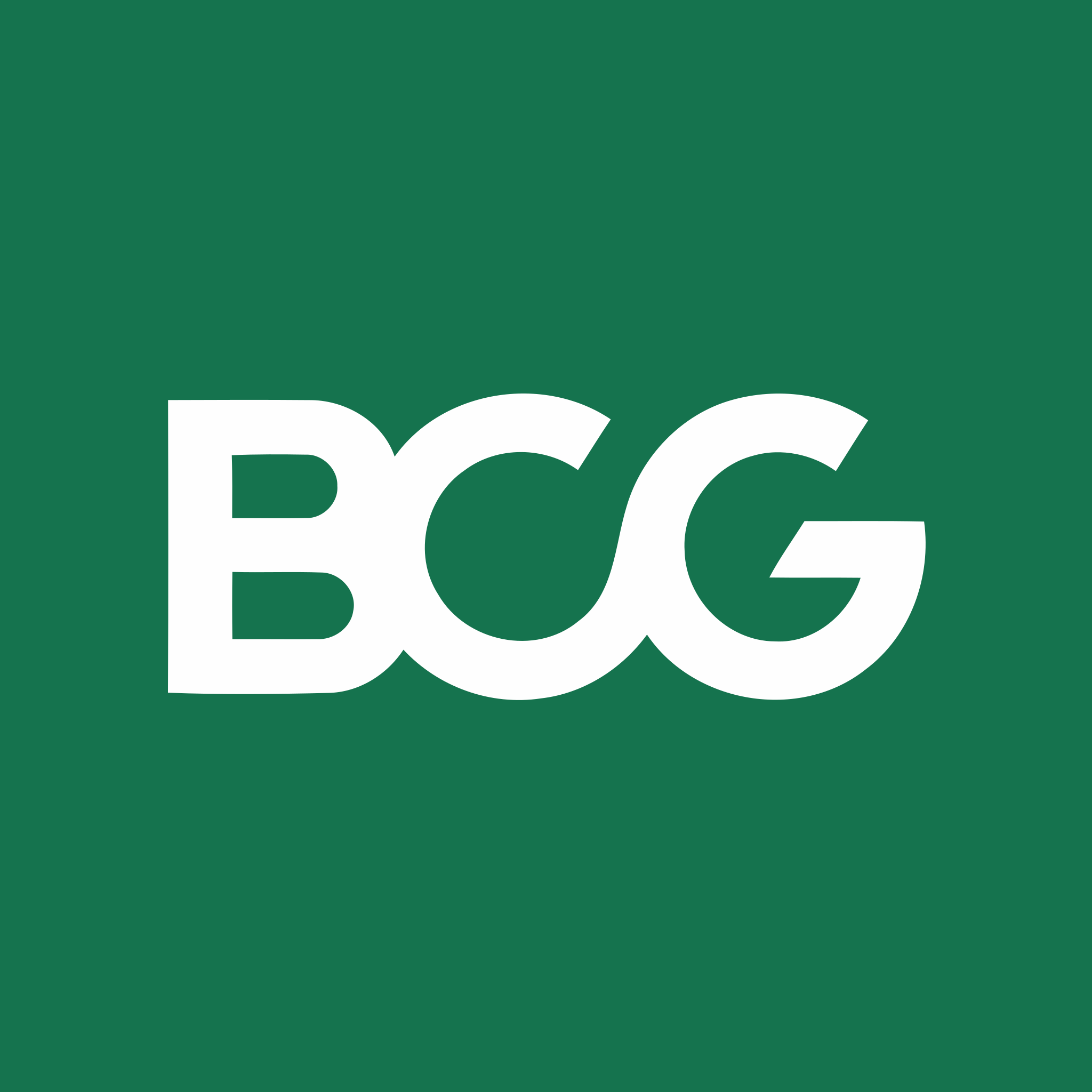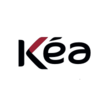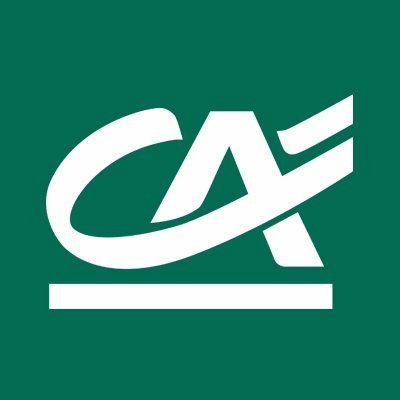Detailed content of our market study
 Inforamtion
Inforamtion
- Number of pages : 35 pages
- Format : Digital and PDF versions
- Last update :
 Summary and extracts
Summary and extracts
1 Market summary
1.1 Overview and definition of the sporting goods market
A sports item can be defined as equipment used to practice a sport . It can be clothing (shoes, jerseys...), equipment (tennis rackets, soccer balls, handballs...) or even machines, especially those used for weight training (rowers or mats for example). It is necessary to distinguish two aspects, the manufacture and distribution of sports equipment The study will focus on the distribution of these products while giving the main specificities of the manufacture of sporting goods in Portugal.
Care must be taken to distinguish the sporting article from the sporting equipment, the latter designating an arrangement or structure that allows the practice of one or more sports.
Nevertheless, the sportswear clothes whose style has been designed in the United States, can be considered as a sports item although this is more of a clothing trend than real articles developed for sports practice.
In a market once made up of small family businesses, the last few decades have definitively changed the established order. Production is no longer the same, transformed by technological innovations, globalization and large companies, such as JD Sports or Décathlon, which have control over the distribution of sports products. In addition, more and more startups are trying to make the most of a high-potential market.
1.2 A fast-growing global market
The sale of sporting goods worldwide in **** represented a market of *** billion dollars according to the figures of LSA-conso, a third of which is controlled by ** major sports brands. The main sports goods distribution brands are Intersport, Décathlon and Foot Locker.
Market growth in the same year was *.*% . According to the estimates of the consulting firm Capitalmind, annual growth should reach *% by ****, thanks to the maturity of the sector as well as to fast-growing emerging markets such as China, the second largest market after the United States. [***]
Two sporting goods companies together hold more than **% of the global market share (***) Nike with revenues of $**.* billion in ****, and Adidas, with sales of $**.* billion in ****.
Source: ****
The graph above shows the main global sports brands, which control the sports market and have a direct impact on the major high-profile events such as the Olympic Games or the World Cup. It should be noted that these brands are in constant war, notably Adidas and Puma born in Germany following the breakdown of relations between the two Dassler brothers in ****, until then at the head of a single family factory named the Gebrüder Dassler Schuhfabrik. Nike appeared much later but is now Adidas' ...
1.3 The Portuguese market is beginning to grow again
According to Eurostat data, after a decline in sales over the period ****-****, the market for sports goods (***) is gradually recovering to reach ***.* million euros in Portugal in **** .
Source: ****
Generally, European countries prefer to import rather than manufacture on their territories, so the manufacture of sporting goods often represents a small share of the market (***).
However, in Portugal, the sales of sports equipment manufacturers amounted to ***.* million euros in **** or **% of the total sporting goods market . Several brands have production sites in Portugal, taking advantage of low costs and high quality workmanship, such as Décathlon, which produces more than **% of its bicycles (***) sold in Europe and Portugal. [***]
The manufacture of sporting goods in Portugal is also driven by a pool of start-ups and small or medium specialized companies in the high-end segment. This production is almost fully exported to Europe . Supported in part by collaboration with the CeNTI (***) and many universities in Northern Portugal, ** Portuguese companies attended the ISPO Munich ****, the largest multisectoral exhibition on the sports industry. A very good example of Portuguese know-how in high-end sports textiles is P a company that produces many articles dedicated to top athletes. P Olympic Games, Adidas, Asics and The Sporting Rooster ...
1.4 Foreign trade
Portugal imports almost as much as it exports sports goods worldwide: the coverage rate (***) is ***%.
The amount of exports is ***.* million euros in ****, representing a CAGR of **% over the ****-**** period . Portugal mainly exports to other EU Member States: according to data Eurostat **% of Portugal's exports of sporting goods go to other European countries.
Source: ****
Imports of sporting goods amounted to ***.* million euros in ****, representing a CAGR of **.*% over the period ****-**** . Often, major brands prefer to import what they do not want or cannot manufacture, for economic or technical reasons.
Source: ****
2 Demand analysis
2.1 Economic and structural demand
The Portuguese are doing less and less sport
The current evolution of lifestyles (***) naturally implies a decrease in the regular activité
According to a study carried out by the Portuguese daily newspaper Público using Eurobarometer data for sport and physical activity, **% of Portuguese people reported in **** exercise a sporting activity on a fairly regular basis (***) . But this figure fell to **% in ****, then **% in **** ** points below the average of the European Union Member States. Only Bulgaria, Romania, Greece and Hungary are below Portugal in terms of regular sport participation today, as shown in the graph below.
Source: ****
The same study estimates that only *% of Portuguese people play sports very regularly (***) in ****, compared to *% in **** and *% in ****.
Gender and age are two factors to be taken into account in the frequency of sporting activity carried out by the Portuguese:
Women play less sport than men: three out of four women never or rarely play sport in Portugal. Men over ** are the least active in sport: almost nine out of ten men in this age group do not participate regularly.
Source: ****
Finally, most Portuguese do not exercise lack of time (***). The graph below gives the main reasons for the low proportion of regular ...
2.2 New consumer trends
A new type of audience
The future for manufacturers and distributors of sporting goods lies in the sale of products to segments that are still under-exploited . However, brands pay particular attention to to women as they represent a new market opportunity for the sporting goods market, as their interest in sporting activities has increased rapidly in recent years. For example, in Portugal there has been a gradual increase in the number of female athletes federated at the national level since ****, according to data from the Portuguese Institute of Sport and Youth (***): at the end of ****, they were **% of the ***,*** federated athletes in the country. [***]
New practices: running and outdoor
Running is gaining in popularity in Portugal, which has about one million runners according to Jorge Vieira, President of the Portuguese Athletics Federation (***). [***]
A study conducted by Runnics shows that road and track running have seen an increase in the participation rate of **% between **** and **** . There are ** races per year organised in Lisbon alone, then ** in Porto and ** in Setúbal. As for the number of participants per year, Lisbon dominates by far with a total of **,*** participants in ****, well ahead of Porto (***) Women are increasingly attracted to running The same study ...
3 Market structure
3.1 Strength in presence and organization of the sector
Two categories of actors: manufacturers and distributors
The value chain in the sports goods market in Portugal can be divided into two main categories manufacturers and distributors . It is possible to identify * main types of manufacturers (***):
o The new entrants positioned in emerging market segments (
o The specialist manufacturers Historical players, they remain focused on their core markets
o The generalist manufacturers present in a particular sporting universe, they nevertheless remain more generalist than the previous category
Then there are * other players, including * types of distributors:
o The importing companies whose headquarters are located abroad but for whom Portugal is a major market
o The specialized distributors With one or more points of sale (***), they are specialized in one or more segments
o The importers distributors multisports distributors These are international groups, not specialised, with significant resources, which produce abroad and market their products in points of sale (***)
o The multisport specialty department stores Sports Direct stores (***)
o The generalist websites Everything can be found on these sites, including sports equipment.
A tendency towards concentration
There is a gradual concentration of the national market: indeed, there is a a gradual decrease in the number of companies on the sports goods market ...
3.2 A production in several stages
The production process depends on the product in question. However, the preliminary step is always the same: the analysis the needs of athletes. Then comes product design. Designers and engineers, more or less numerous depending on your technicality of the product, work together to design the product so that it meets the specifications.
Then comes the production . For shoes, sports equipment and clothing, the materials chosen are cut, assembled (***). In more specialized equipment such as weight machines and cycles, design is generally more important. Products are manufactured through the assembly of individually produced parts, which requires upstream logistics.
During the manufacturing process, the products are tested until they effectively meet the needs of athletes.
3.3 New practices: the rise of e-commerce
Many physical stores are closing in favour of Internet sales.
As shown in the graph below, a Eurostat study shows that **% of respondents had purchased a good or service on the Internet in the three months preceding the survey (***), compared to only **% in ****, representing a **% growth over the last eight years.
Source: ****
More specifically, the growth in the number of people buying sports equipment online is even higher than the growth in the number of people buying consumer goods or services online **% of people bought clothing or sports equipment on the Internet in ****, compared to only *% in ****, or **% over the period ****-****.
Source: ****
Some of the most popular online shops in Portugal for buying sports and outdoor equipment include decathlon.pt , nike.com and probikeshop.pt .
Source: ****
4 Analysis of the offer
4.1 An abundance of products
There is a multitude of sports equipment available on the market . Most are simple and generally provide little added value (***).
It is possible to make another distinction between the products available on the market:
o The équipements These are the objects that will be used by athletes to help them in their sports practice (***)
o The vêtements They must correspond to the needs of the athlete since a swimmer does not dress in the same way as a golfer or cricket player. It is also necessary to take into account sportwear, which is not particularly intended for athletes. All this corresponds to a category of products (***)
o The footballwear Shoes are generally a decisive element for any sportsman since they must often also meet particular needs (***)
Prices are very variable: they depend on the type of product and their range (***).
4.2 Product trends
- The rise of leasing in Portugal
The " The " leasing" of sports equipment a form of long-term rental that allows consumers to acquire items at a lower cost and change products regularly, is increasingly appealing to consumers. The trend previously reserved for the automotive sector is gradually spreading to more varied sectors, such as the distribution of sports equipment.
The following graph shows the evolution of the turnover generated by the "leasing" and sports equipment rental industry in Portugal since ****. By ****, the size of this market was $**.* million and is expected to reach $**.* million **.* million dollars in **** according to Statista forecasts, or a CAGR of *% over the period ****-****.
Source: ****
Digitisation and innovation
The digitalisation of sport takes place in three aspects:
*) Sales of sporting goods are increasingly made on the Internet: according to data Eurostat **% of Portuguese people buy sports goods or clothing on the Internet today, compared to *% ten years ago (***).
*) Communication increasingly involves social networks, both for the organization of events and for advertising communication. *) Finally, technological innovations accompany the customer in his sports practice, such as shoes and shoes
connected watches (***) such as shoes FutureCraft Biofabric of Adidas and the connected Garmin Forerunner ** watch.
This third ...
4.3 Counterfeiting that costs the Portuguese market dearly
Although the French sports market is much more affected by counterfeiting (***).
Source: ****
These illegal sales are costly both to the State in terms of lost income (***) and to consumers: counterfeit products may contain toxic products that are dangerous to their health.
5 Rules and regulations
5.1 Regulations: textile and sportswear products
In particular, textile products are subject to transparency obligations with regard to product composition. According to the DGCCRF, "the labelling or marking of textile products is part of a Community text, directly applicable in all Member States". [***]
As far as sportswear is concerned, brands are threatened by counterfeiting, among other things, knowing that the Internet has greatly simplified the distribution of these products to young buyers who can easily be convinced.
5.2 ̀me Harmonized global customs
The Harmonized System is an international nomenclature for the classification of products. It allows participating countries to classify goods traded on a common basis for customs purposes. At the international level, the Harmonized System (***) for the classification of goods is a six-digit code system. [***]
The HS contains approximately *,*** item/product descriptions that appear as titles and subtitles, divided into ** chapters, grouped into ** sections. The six digits can be divided into three parts. The first two digits (***).
The Harmonized System was introduced in **** and has been adopted by most countries around the world. It has undergone several changes in the classification of products. These changes are called revisions and came into effect in ****, ****, ****, **** and ****. Detailed changes to each HS nomenclature are available on the links below.
For the development of the statistics for this study, we selected the following fields:
- **.** Manufacture of sporting goods
This class includes:
Manufacture of sporting goods with the exception of articles clothing and footwear Manufacture of articles and equipment for sports and games for outdoor and indoor use, in all types of materials: hard, soft or inflatable balls and balloons rackets, bats, golf clubs skis, bindings and poles for skis ski boots windsurfing and surfing boards sporting ...
6 Positioning of the actors
6.1 Segmentation
- Texturarica
- Intersport International
- Decathlon Portugal
- JD Sport
- Sport Zone
- Sports Direct
- Adidas
- Nike
- P&R Têxteis
- CM Socks
All our studies are available online in PDF format
Take a look at an example of our research on another market!
 Choosing this study means :
Choosing this study means :
Access to more than 35 hours of work
Our studies are the result of over 35 hours of research and analysis. Using our studies allows you to devote more time and added value to your projects.
Benefit from 6 years' experience and over 1,500 industry reports already produced
Our expertise enables us to produce comprehensive studies in all sectors, including niche and emerging markets.
Our know-how and methodology enable us to produce reports that offer unique value for money.
Access to several thousand articles and paid-for data
Businesscoot has access to all the paid economic press as well as exclusive databases to carry out its market research (over 30,000 articles and private sources).
To enhance our research, our analysts also use web indicators (semrush, trends, etc.) to identify market trends and company strategies. (Consult our paying sources)
Guaranteed support after your purchase
A team dedicated to after-sales service, to guarantee you a high level of satisfaction. +44 238 097 0676
A digital format designed for our users
Not only do you have access to a PDF, but also to a digital version designed for our customers. This version gives you access to sources, data in Excel format and graphics. The content of the study can therefore be easily retrieved and adapted for your specific needs.
 Our offers :
Our offers :
the sports goods market | Portugal
- What are the figures on the size and growth of the market?
- What is driving the growth of the market and its evolution?
- What is the positioning of companies in the value chain?
- Data from several dozen databases
5 reports pack (-15%) PT Portugal
- 5 reports at €75.6 excluding VAT per study to choose from our Portuguese catalogue for 12 months
- Save 15% on additional studies purchased
- Choose to be refunded any unused credit at the end of the 12-month period (duration of the pack)
See the terms and conditions of the pack and the refund of unused credit.















